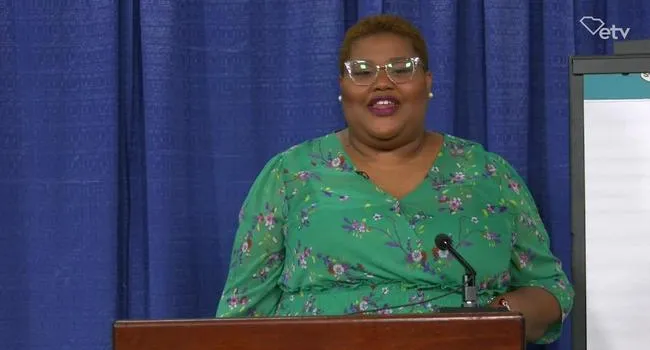Kaltura
In this lesson teachers engage their students by having them research the origin of their name. Through a historical and cultural lens students and teachers gain a better understanding and appreciation for the influence of a salad bowl of cultures in the naming of family members. Note: This lesson takes an Afrocentric perspective.
Standards
- The modern era has seen an increase in global interdependence culturally, economically, and politically since 1920. The advent of technology has fueled the interconnectedness of the world. Civil rights and independence have been at the forefront of this era; however, tensions remain in how to achieve these goals.
- This indicator was designed to encourage inquiry into the primary physical and human characteristics of places within the African continent, such as landforms, water bodies, countries, and cities.
- This indicator was designed to encourage inquiry into the distribution and pattern of human populations within the North American continent, why they are located where they are, and how those patterns change over time through economic, environmental, and politically driven migration.
- 8.5.E Utilize a variety of primary and secondary sources to analyze multiple perspectives on the cultural changes in South Carolina and the U.S.
- I Inquiry-Based Literacy Standards
- I.1 Formulate relevant, self-generated questions based on interests and/or needs that can be investigated.
- I.2 Transact with texts to formulate questions, propose explanations, and consider alternative views and multiple perspectives.
- I.3 Construct knowledge, applying disciplinary concepts and tools, to build deeper understanding of the world through exploration, collaboration, and analysis.
- I Inquiry-Based Literacy Standards
- RI.MC Meaning and Context
- RI.MC Meaning and Context
Resources
You need to be logged in to listen to view this content. Create an account now; it's quick, easy, and free!
Log In to View




































